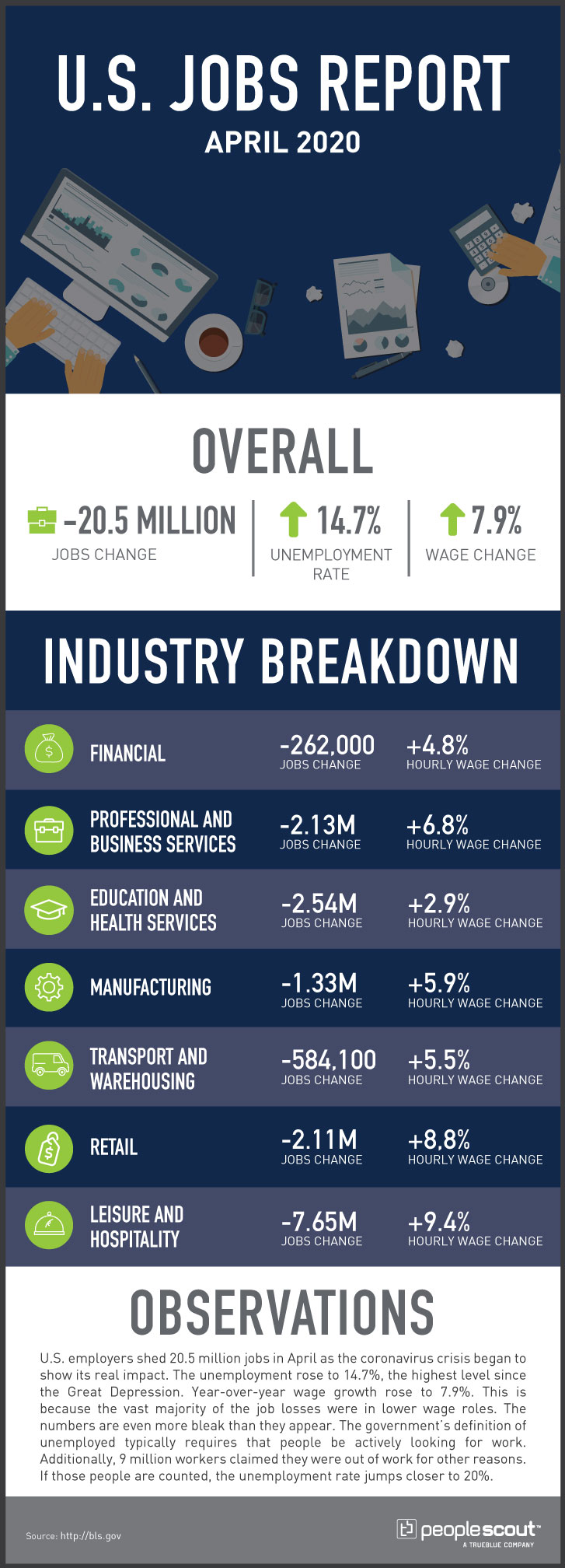
Scope and Scale
For the client, candidate care is key, so the model was designed to ensure engaging communication strategies along with consistent employer value proposition (EVP) messaging. All of this had to be underpinned by technology, allowing the recruiters to access sourcing tools, to easily and efficiently move candidates through the process and to manage multiple requisitions at one time. Ultimately, the goals was to find better quality candidates, faster, across the four agencies that made up the media group.
Situation
By implementing a centralized talent acquisition model, aligned to the different brands in the group, the senior leadership team now has access to reporting that gives them a clear picture of where their requirements are, any bottlenecks or challenges and this, in turn, helps with business planning. Prior to the introduction of an RPO, time-to-fill averaged between 42 and 60 days which placed a significant amount of additional pressure on teams and business units with the potential to generate a domino effect of increased vacancies.
Solution
- Full, end-to-end talent acquisition services
- Strategic sourcing across every brand and business unit
- Executive search for senior roles
- EVP development and implementation
- Hiring manager training
- Third-party supplier management
- Executive reporting
- Talent community development
- Occupational Personality Questionnaire (OPQ) design and implementation
- Contract generation for graduates and all solution hires
The deployment of PeopleScout’s complete sourcing and talent management solution in conjunction with our RPO team made an immediate impact on the time-to-fill metric. With advanced sourcing capabilities, powerful automation, a streamlined onboarding solution, detailed reporting insights and CRM capabilities, the solution generated productivity gains that allowed for an improved candidate experience, the optimization of marketing strategies and more effective talent pooling.
Results
Time-to-fill dropped from 60 days to an average of 27 days.
Integrating an experienced recruitment team with media and digital marketing expertise allowed for a smooth transition for the RPO team and the client and established a conversion benchmark above 82% of roles briefed versus placements.
PeopleScout is also focused on process improvement and to target goals around improved staff retention and candidate quality through the introduction of cognitive and behavioural testing, video interviews, a reference checking technology platform and a suite of new technology tools, including artificial intelligence.
Client Feedback
“Since partnering with PeopleScout we’ve seen consistent improvement in the marketing of our brand to potential employees, increased productivity through process improvement and the introduction of new tools and technology as well as a reduction in vacant roles. We regularly receive feedback from candidates that their experience of the job interview process is the best they’ve ever experienced period.”
“Media agencies operate in a fast-paced, high-volume environment where resourcing needs constantly fluctuate and reactivity is key. In this context, PeopleScout’s scalable approach is a huge advantage as it allows us to quickly recruit staff when we win new clients and focus on longer-term strategic work when volume is lower. The PeopleScout team has quickly developed an intimate understanding of our industry and business challenges and are seamlessly embedded in each of our agencies, allowing them to sell our EVP to candidates.”
At a Glance
- COMPANY
Large Australian multi-brand media company - INDUSTRY
Media Services - PEOPLESCOUT SOLUTIONS
Recruitment Process Outsourcing, Talent Advisory, Affinix




